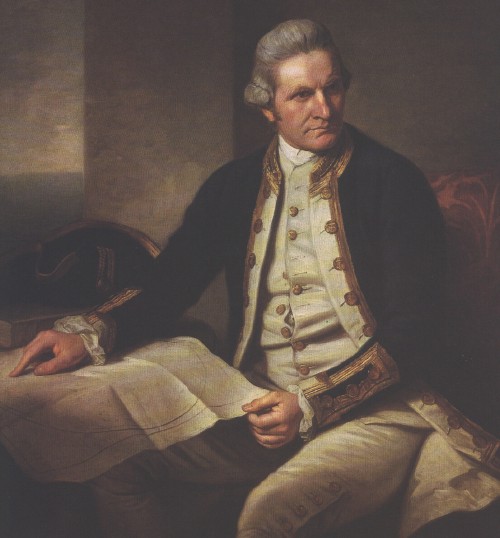

The British
Various Aboriginal groups had been living undisturbed all across Australia for thousands of years before the British arrived to colonize it. On January 18, 1788 a British fleet of 12 ships landed at Botany bay on the eastern coast of Australia, the purpose of the expedition was to start a colony which would double as a prison for Britain's worst criminal offenders. The ships were carrying 1530 people, 736 of which were convicts. Botany bay turned out to be a bad choice and in less than a month the colony relocated a few miles up the coastline to Port Jackson. The colonists found Port Jackson to be a huge improvement and renamed it Sydney, after Lord Sydney the British home secretary. Sydney's harbor is still considered to be one of the best natural harbors in the world. Captain James Cook set the colonization of Australia into motion by exploring and mapping the fertile eastern coast of Australia, but he was not the first to visit Australia. There is evidence suggesting Aborigines in northern Australia maintained trade with some of the Indonesian islands closest to the coast. Chinese and Arab's may have had contact with the Aborigines in the 15th century. The British were the one's who first placed a permanent non-indigenous settlement on Australia. There was trouble between the Aborigines and the British from the beginning when the the Aborigines local to Botany bay complained because the the British were cutting down all the trees. Eventually as more of the convicts were released and couldn't afford to sail back to England, Sydney became a real colony, and Australia was on to becoming mostly British.
Captain James Cook






